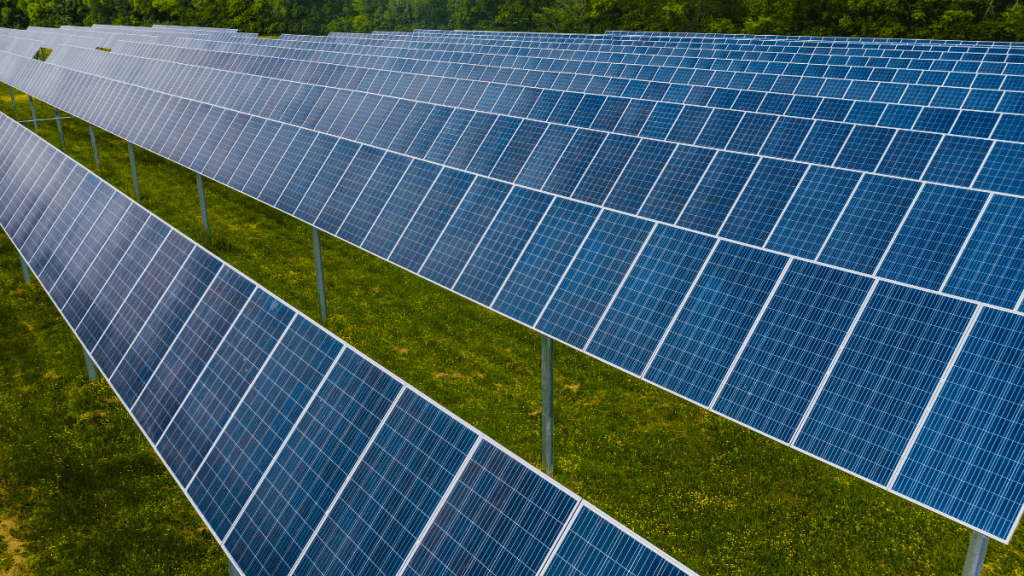
Vietnam has introduced a new electricity decree to accelerate the development of renewable energy projects, offering fee exemptions and prioritizing wind and solar power expansion.
Government Introduces New Electricity Decree
On March 3, the Vietnamese government issued Decree No. 58/2025/ND-CP, an extension of the 2024 “New Electricity Law.” The decree focuses on large-scale offshore wind and solar projects, as well as energy storage systems. It also establishes incentives for projects utilizing 100% green hydrogen and green ammonia for power generation.
Under the decree, projects transmitting renewable energy to the national grid will receive priority, particularly during peak electricity demand periods. However, this does not apply to self-consumption users. Additionally, authorities will expedite approvals for research and development initiatives related to solar panels, wind turbines, and power conversion equipment.
Fee Exemptions for Green Hydrogen and Green Ammonia Projects
To support green hydrogen and green ammonia-based power generation, the Vietnamese government has announced fee exemptions and reductions for qualifying projects:
Maritime projects will receive a three-year exemption from maritime area use fees, followed by a 50% reduction for the next nine years.
Land-based projects will be exempted from land use and lease fees for three years, with fees afterward determined by investment and land use regulations.
Local Participation Mandated in Offshore Wind Projects
Vietnam has also implemented regulations requiring domestic involvement in offshore wind projects. Foreign investors must ensure that Vietnamese entities hold at least 5% of project shares. If an offshore wind project is designated for electricity export, Vietnamese companies must own more than 50% of the shares.
Offshore Wind Development Faces Delays
Vietnam’s National Power Development Plan (PDP8) targets an offshore wind capacity increase of 6 GW by 2030. However, due to slow progress, the government has postponed its implementation timeline. The new schedule aims for phased deployment between 2030 and 2035, with a long-term target of 130 GW by 2050.
Related
Source link




